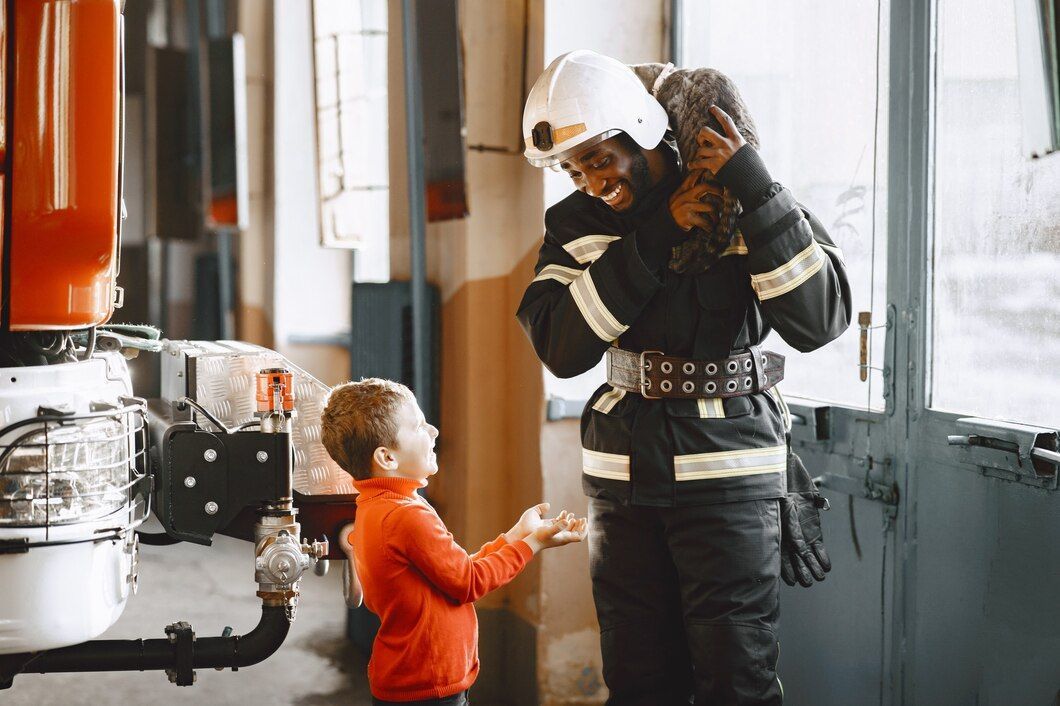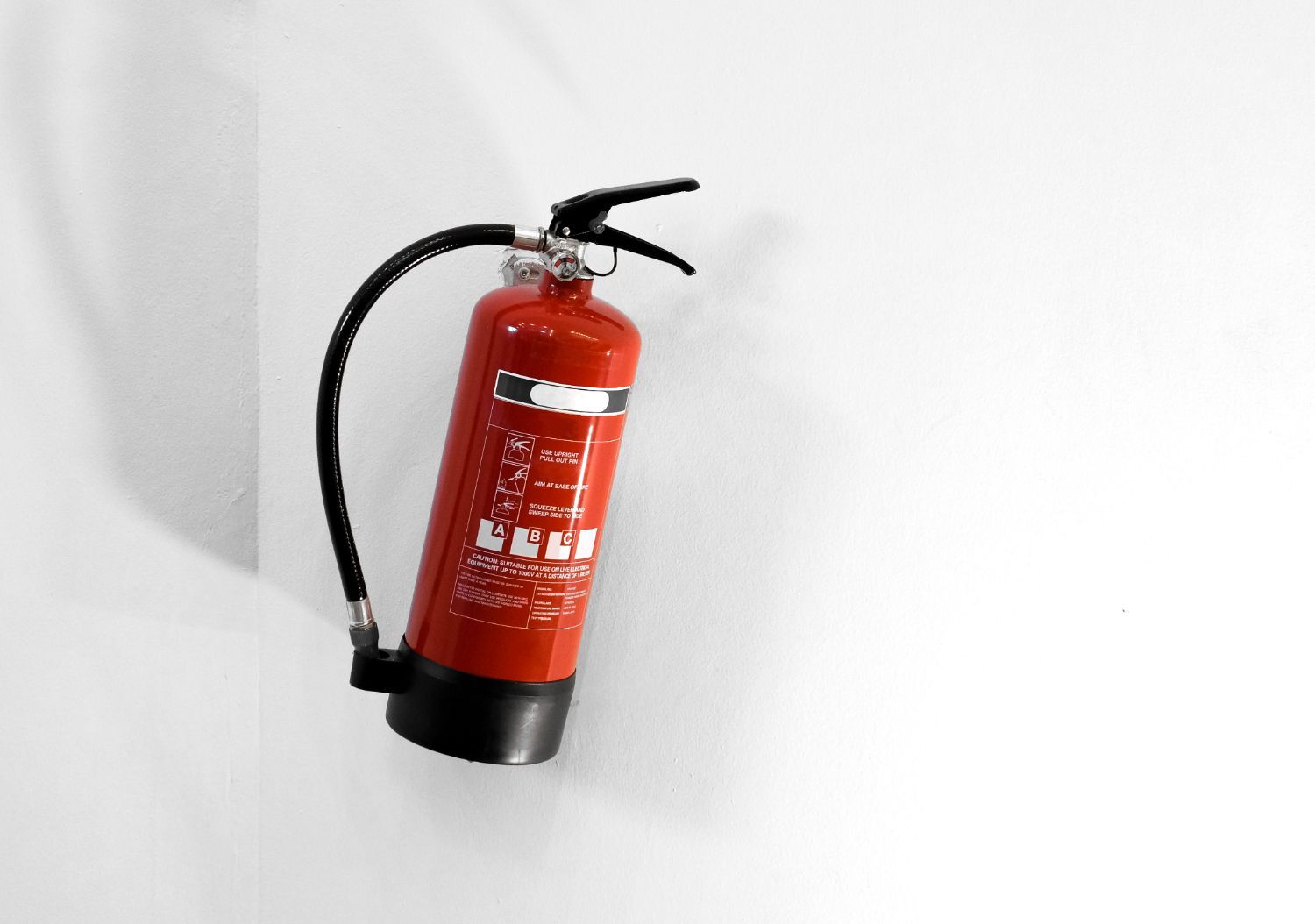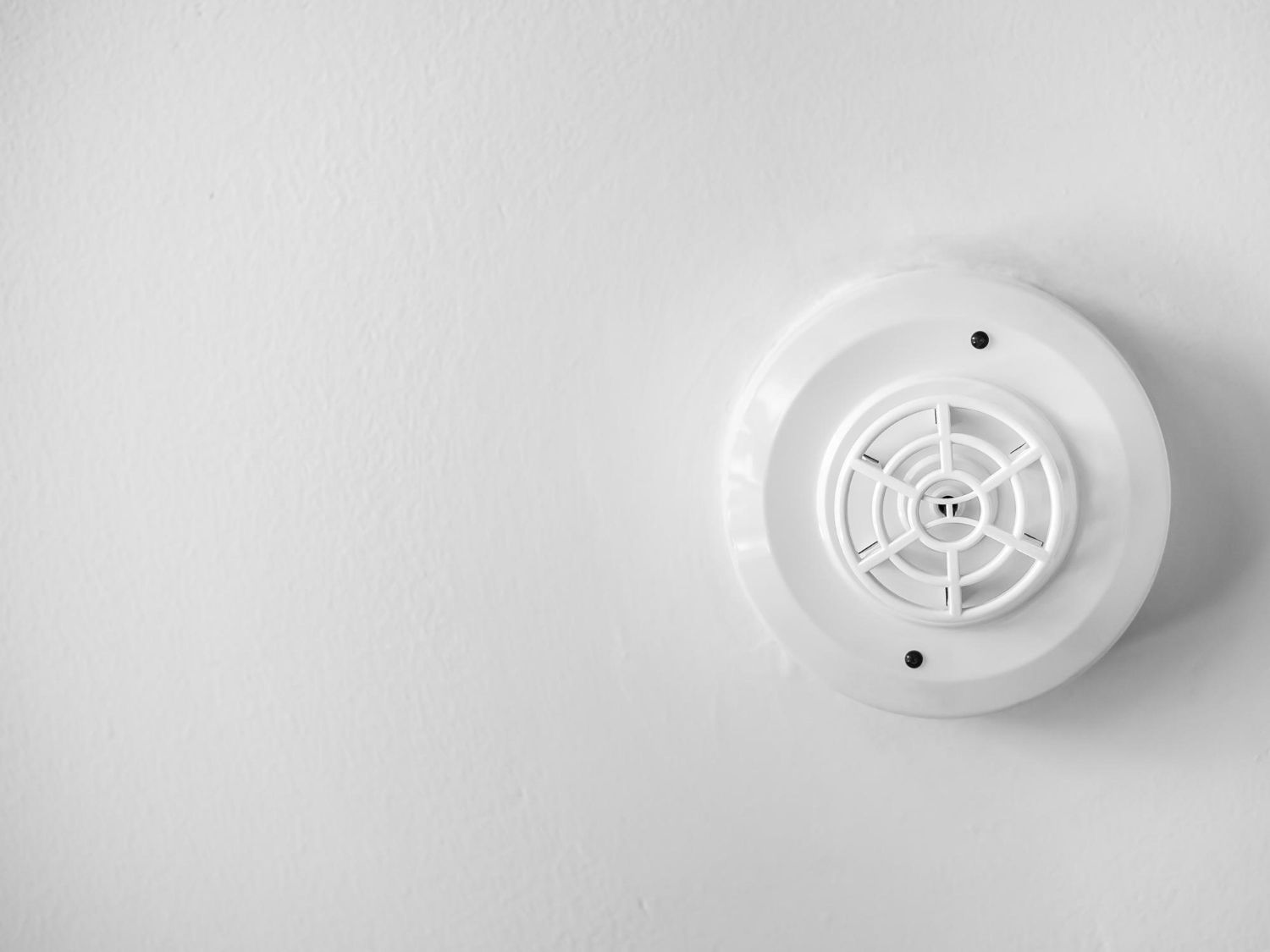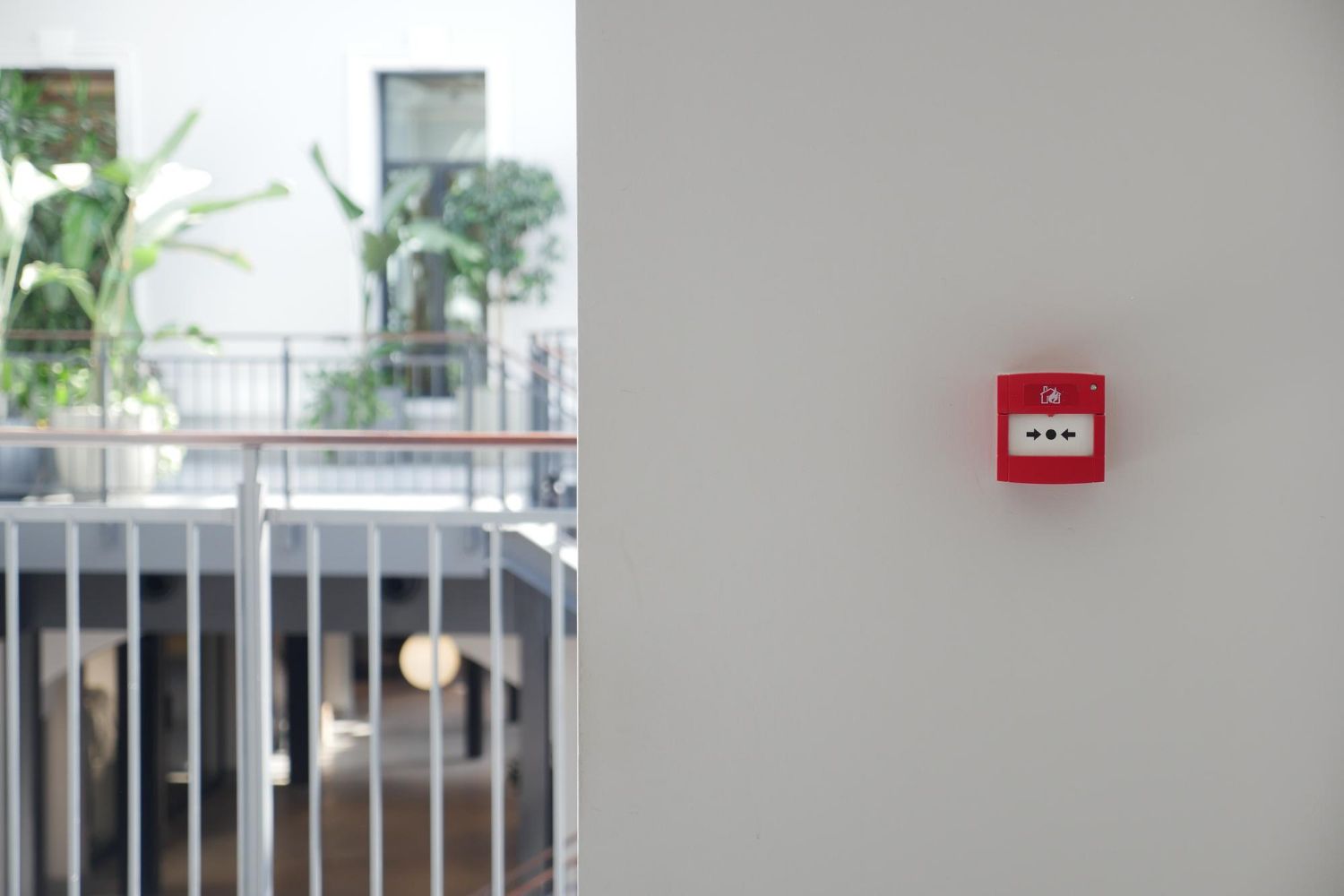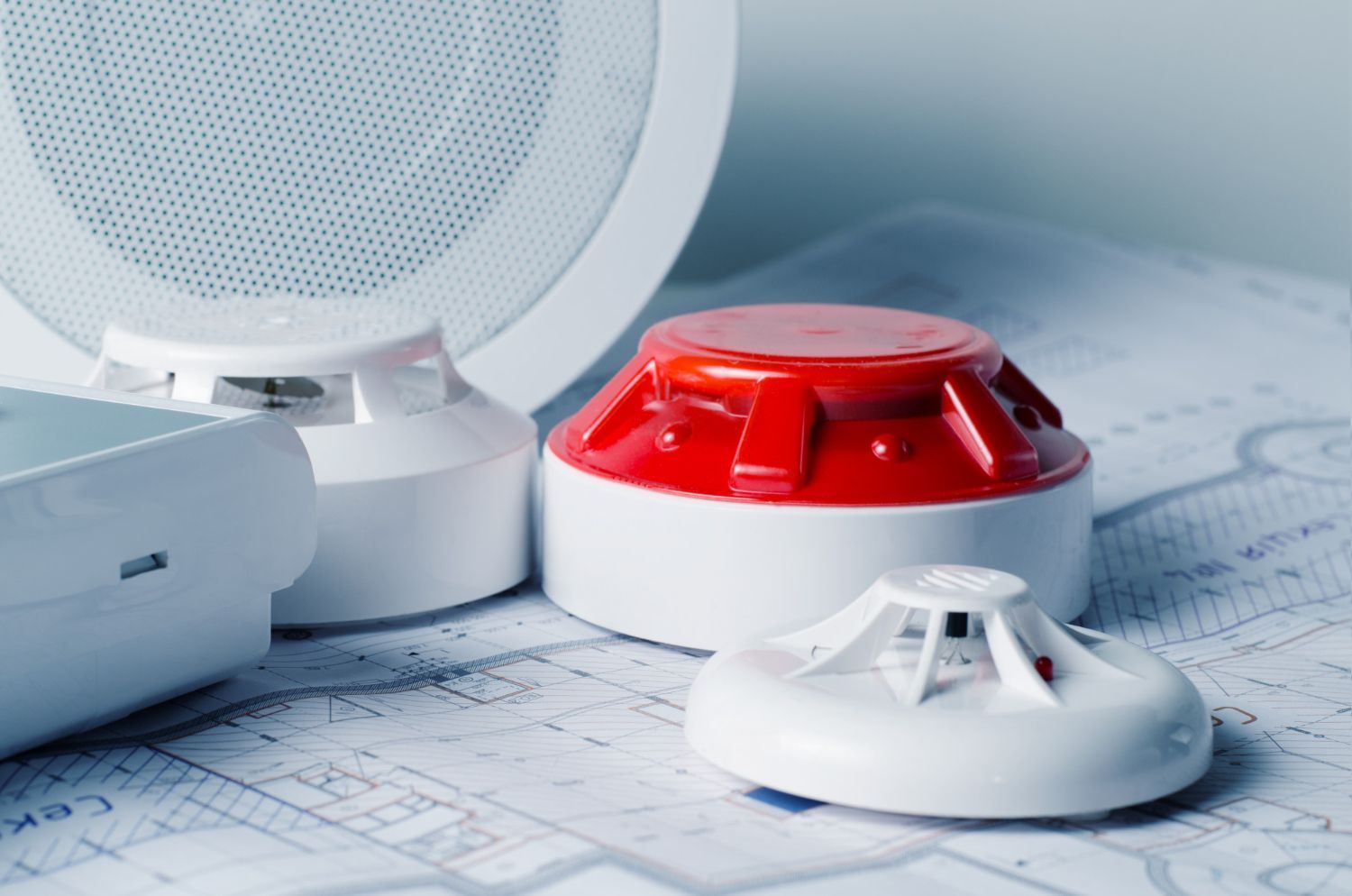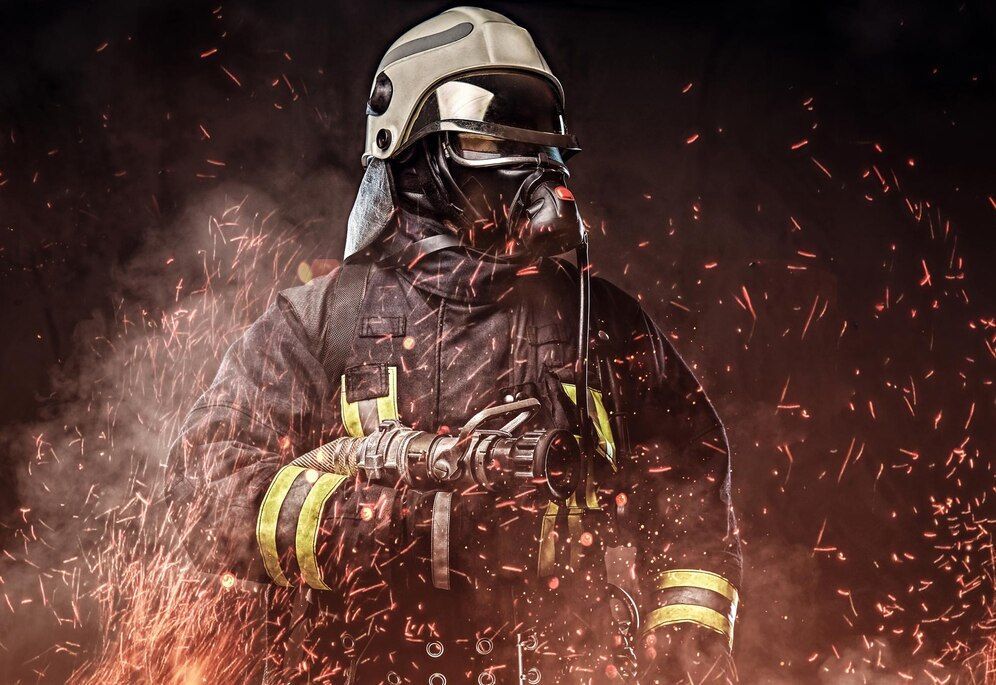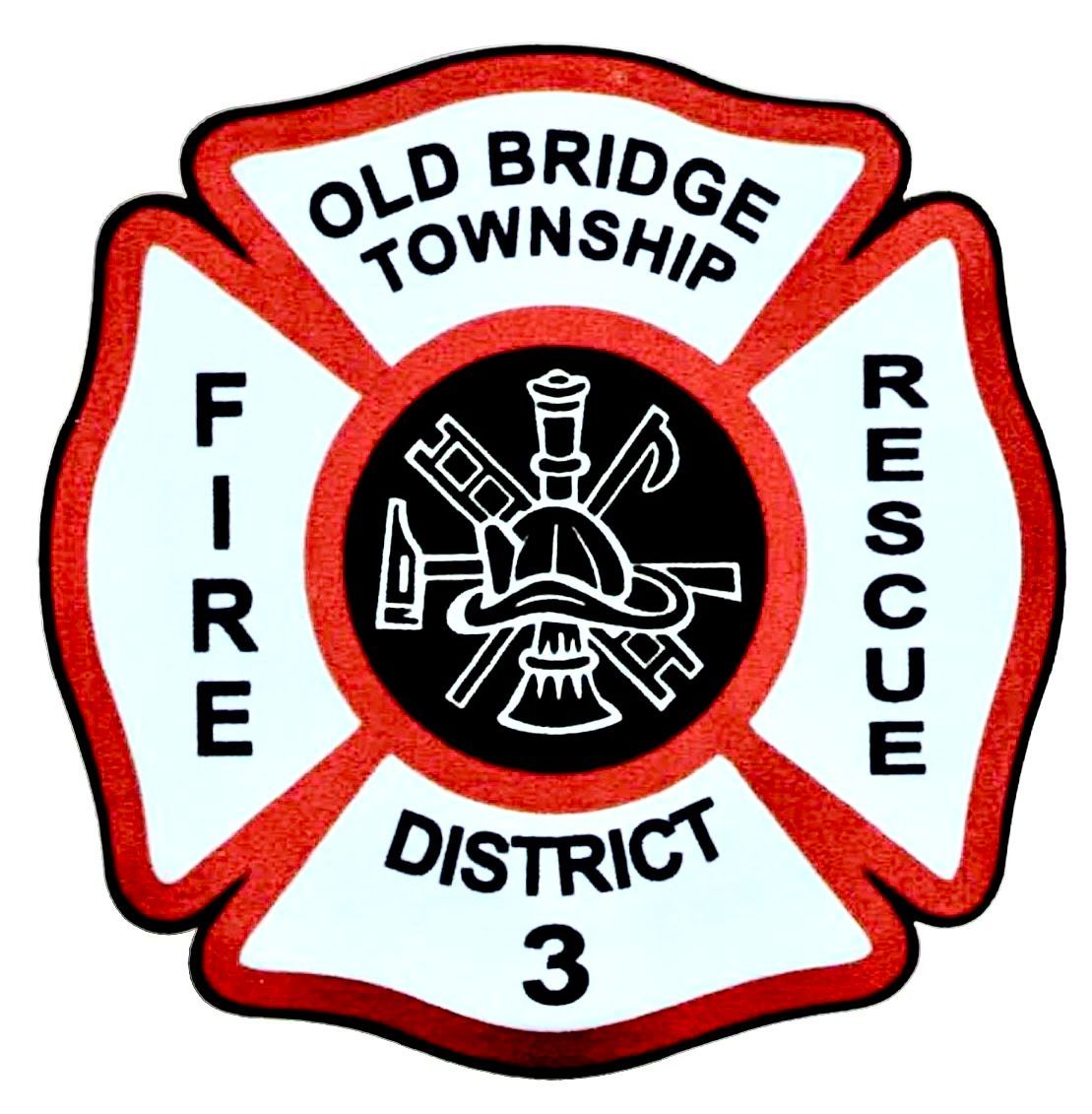Easy Ways to Fireproof Your Home in 2024

Keeping your home safe from fire is a top priority. With a few simple steps, you can greatly reduce the risk of fire and protect your family. Fireproofing your home doesn't have to be complicated. It's about making smart choices and taking action.
Understanding and eliminating potential fire hazards is the first step. This means checking your home for things that could start a fire, like faulty wiring and flammable materials. Next, having the right fire safety equipment, such as smoke alarms and fire extinguishers, can make all the difference in an emergency.
Upgrading your home with fire-resistant materials is another way to increase safety. This can include anything from fire-resistant roofing to special windows that can withstand high heat. And finally, having a fire escape plan ensures everyone in your family knows what to do if a fire breaks out.
By following these easy steps, you can create a safer living environment for you and your loved ones. Taking these precautions now can help prevent disaster and give you peace of mind.
Identify and Eliminate Fire Hazards
The first step in fireproofing your home is to identify and eliminate fire hazards. Begin by inspecting every room in your house for potential dangers. Look for things like frayed electrical cords, overloaded power strips, and outdated wiring. If you find any, replace or repair them immediately to reduce the risk of electrical fires. Check your kitchen, too. Never leave cooking unattended, and keep flammable items like tea towels and paper towels away from the stove. Clean the oven and stove regularly to prevent grease build-up, which can ignite.
Don't forget about heating devices. Keep space heaters at least three feet away from anything that can burn, like curtains and bedding. Always turn off and unplug space heaters when you're not using them. Another area to inspect is your fireplace and chimney. Make sure they are clean and in good working condition. Have your chimney inspected and cleaned at least once a year to prevent chimney fires. Use a sturdy screen in front of the fireplace to catch embers.
By taking the time to identify and eliminate these hazards, you can greatly reduce the risk of fire in your home.
Install and Maintain Essential Fire Safety Equipment
Having the right fire safety equipment in your home is crucial. First, install smoke alarms on every level of your home, especially near bedrooms. Test them monthly and replace the batteries at least once a year. Smoke alarms can save lives by providing early warning of a fire. Next, get carbon monoxide detectors. Place them near sleeping areas and on every floor. Carbon monoxide is an invisible, odorless gas that can be deadly. These detectors can alert you to dangerous levels in your home.
Also, keep at least one fire extinguisher in key areas like the kitchen, garage, and each floor. Learn how to use them correctly and make sure they are easy to access. Fire extinguishers can help you put out small fires before they grow larger. Consider investing in a home fire sprinkler system. These systems can automatically detect and control fires, giving you extra time to escape and minimizing damage. Although installing a sprinkler system can be costly, it provides excellent fire protection.
Regularly maintain all your fire safety equipment to make sure it is in good working order. By having these essential tools and keeping them well-maintained, you can add a crucial layer of protection for your home and family.
Fire-Resistant Materials and Upgrades for Your Home
Using fire-resistant materials can make a huge difference in protecting your home. One of the best upgrades you can make is installing a fire-resistant roof. Materials like metal, slate, or asphalt shingles with a Class A fire rating can help prevent fires from spreading. Consider installing fire-resistant windows. Double-paned or tempered glass windows can withstand high temperatures better than regular glass. They also help keep the heat from a fire outside from breaking the windows and allowing the fire to enter your home.
Updating your insulation is another good move. Fire-resistant insulation materials, such as fiberglass or mineral wool, don't burn easily and can slow the spread of fire within your walls. For siding, choose materials like brick, stucco, or fiber-cement. These are less likely to catch fire compared to wood siding. Sealing gaps around doors and windows with fire-resistant caulking can also help prevent flames from entering your home.
By making these upgrades, you can significantly improve your home's fire resistance and keep your family safer.
Create and Practice a Family Fire Escape Plan
Having a family fire escape plan is essential. Start by drawing a floor plan of your home. Mark all possible exits, including doors and windows, and identify two ways out of each room. Choose a safe meeting spot outside where everyone can gather after escaping. Make sure it's a safe distance from the home, such as a neighbor's house or a specific tree.
Teach all family members, including kids, how to escape on their own if necessary. Show them how to unlock windows and remove screens. Practice crawling low under smoke, as smoke rises and staying low will help them breathe cleaner air. Conduct fire drills at least twice a year. Practice different escape routes and make sure everyone knows what to do. These drills will help everyone feel more confident and prepared in case of an actual fire.
Have a plan for helping family members with special needs, such as the elderly or young children. Assign someone to assist them during an emergency.
By creating and regularly practicing a fire escape plan, your family will be better prepared to respond quickly and safely during a fire.
Conclusion
Making your home fireproof takes some time and effort, but the payoff is worth it. By identifying and eliminating fire hazards, installing and maintaining essential fire safety equipment, upgrading to fire-resistant materials, and creating a family fire escape plan, you can significantly reduce the risk of fire in your home.
Remember, taking these steps not only protects your property but also the lives of those you love. Fire safety is an ongoing process that requires regular maintenance and awareness.
At the Board of Fire Commissioners, Fire District 3, Township of Old Bridge, our
fire department service is committed to helping you keep your home and family safe. Visit our website for more fire safety tips and resources. Take action now to fireproof your home and ensure the safety of your loved ones.

